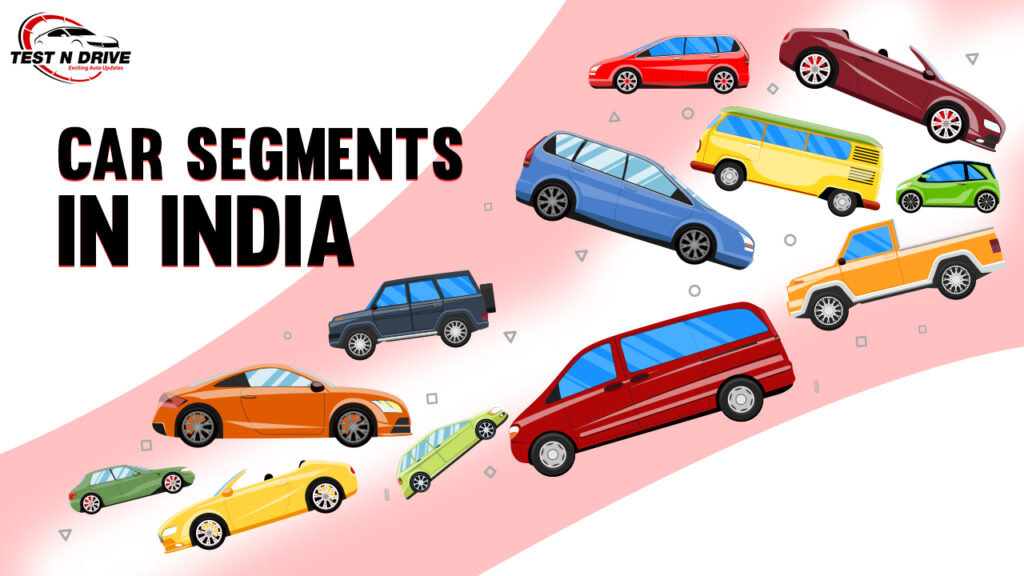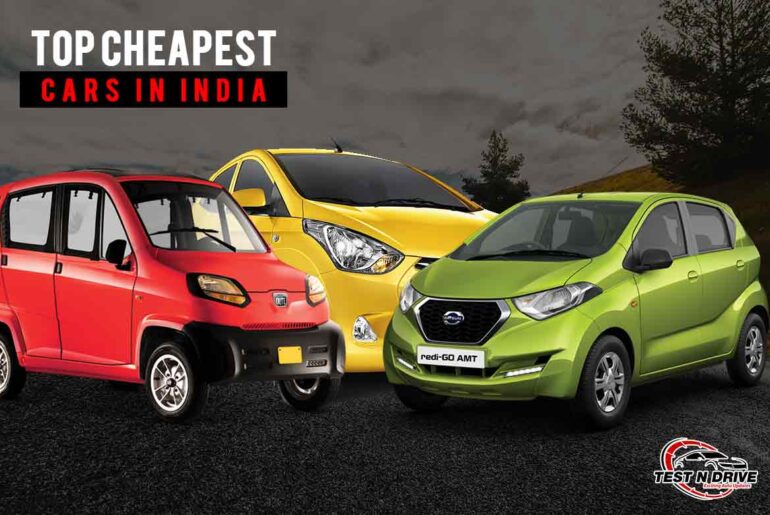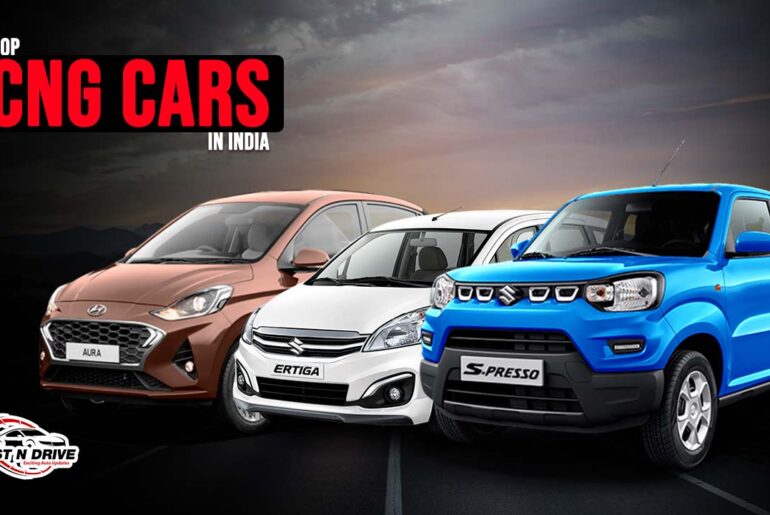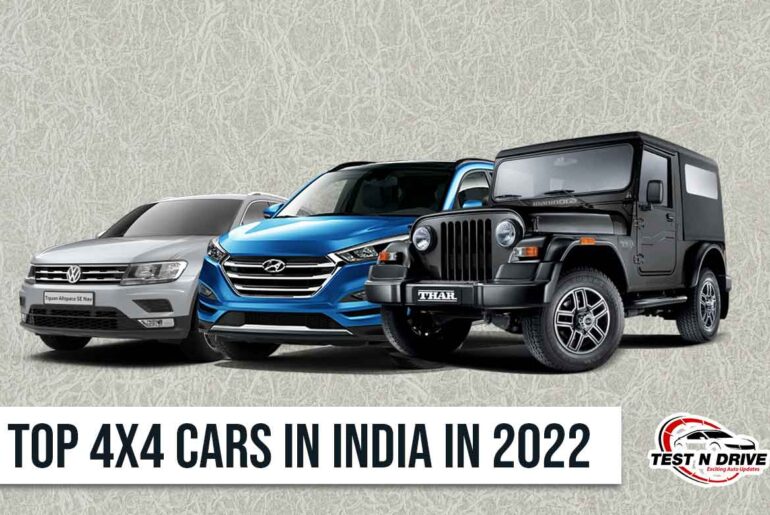Who doesn’t enjoy driving or having a car? The statistics show this, as India ranks among the top five countries in terms of automobile sales. Cars are merely commuting equipment for some people, while for others, they are a weapon of choice when it comes to pushing the vehicle to its limits. There is no end to the debates between automobiles, although different automotive segments can be distinguished, and here is our list of different car segments in India.
Different Car Segments In India
1. A-Segment (Mini Hatchbacks) Cars In India
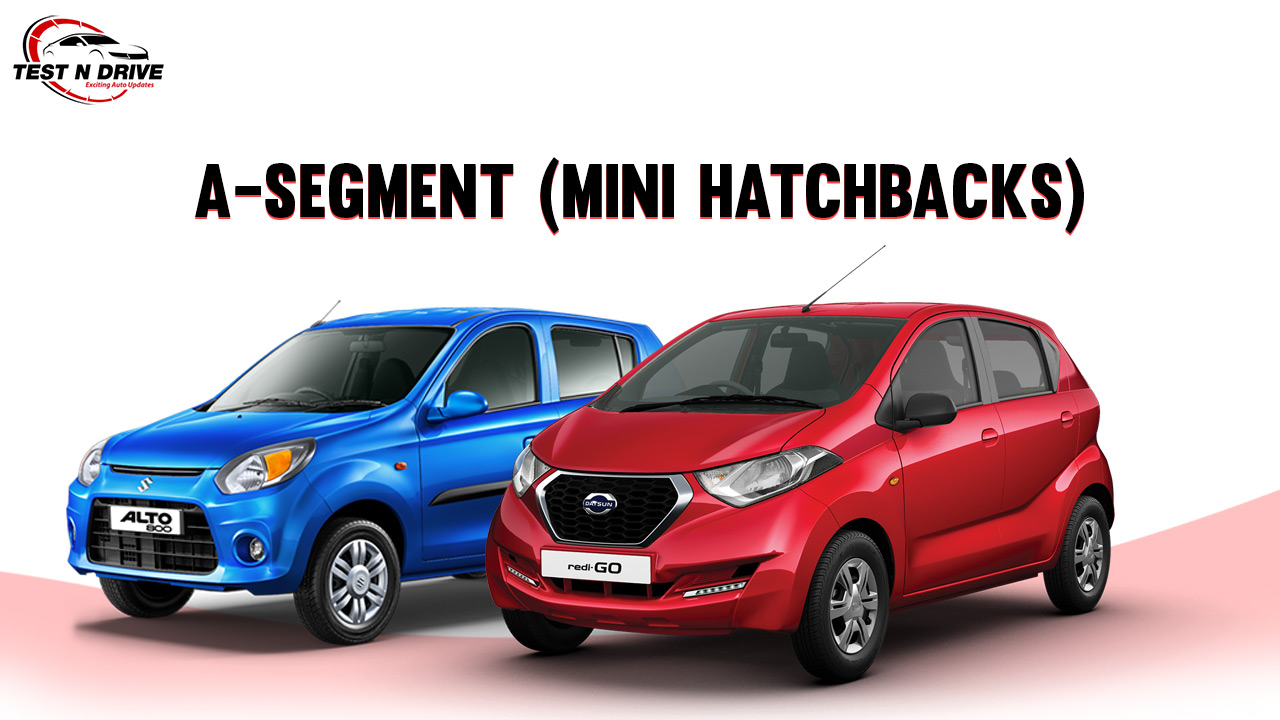
Are you searching for the ideal city car? The A-Segment is where you should go.
- Hatchbacks, for example, are substantially shorter than 4 meters in this sector.
- These little hatchbacks are powered by a small engine that is sufficient for city transportation.
Example: Alto, Datsun Redi go
2. B-Segment (Small Hatchbacks) Cars In India
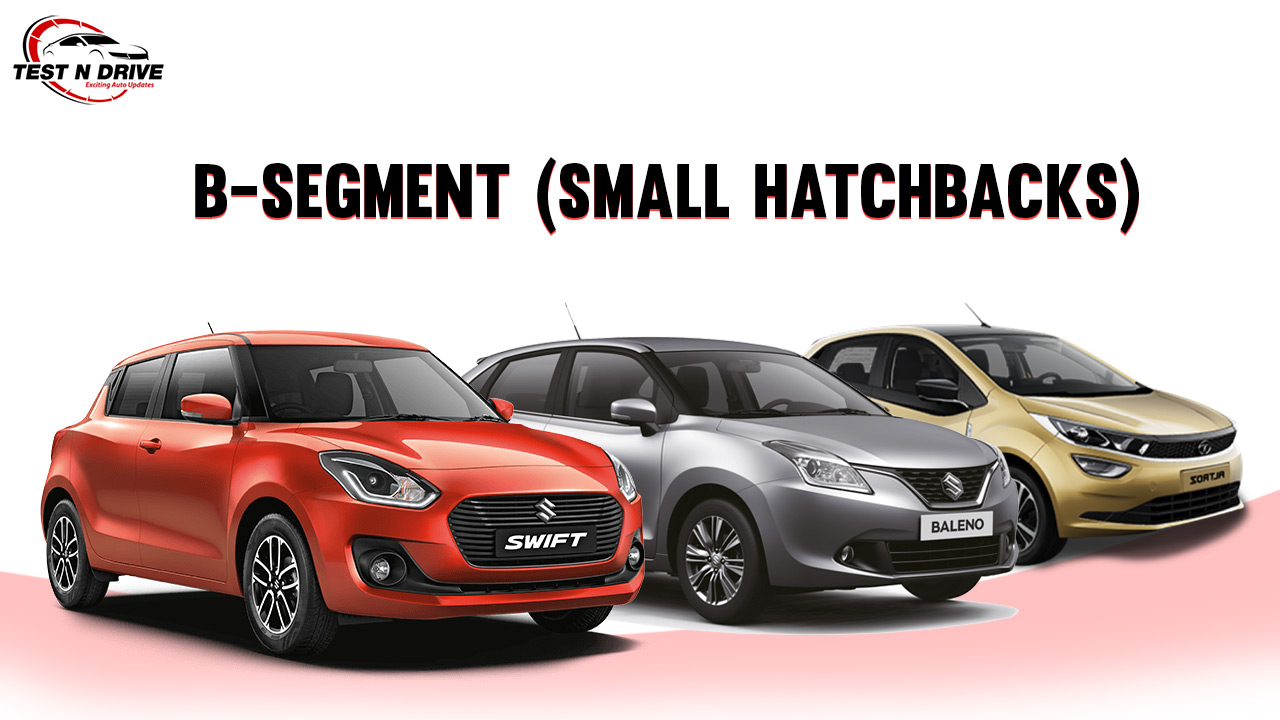
The small hatchbacks or B-Segment Cars, which are just above the micro hatchbacks in terms of size, are, as you might imagine, larger. These are fantastic companions for city trips, longer travels, and even long-distance travel. These entrants in the automobile division are slightly under 4-meters long, allowing for easy movement.
Example: Maruti Suzuki Swift, Maruti Suzuki Baleno, Tata Altroz
3. C-Segment (Family Cars or Small Sedans) Cars In India
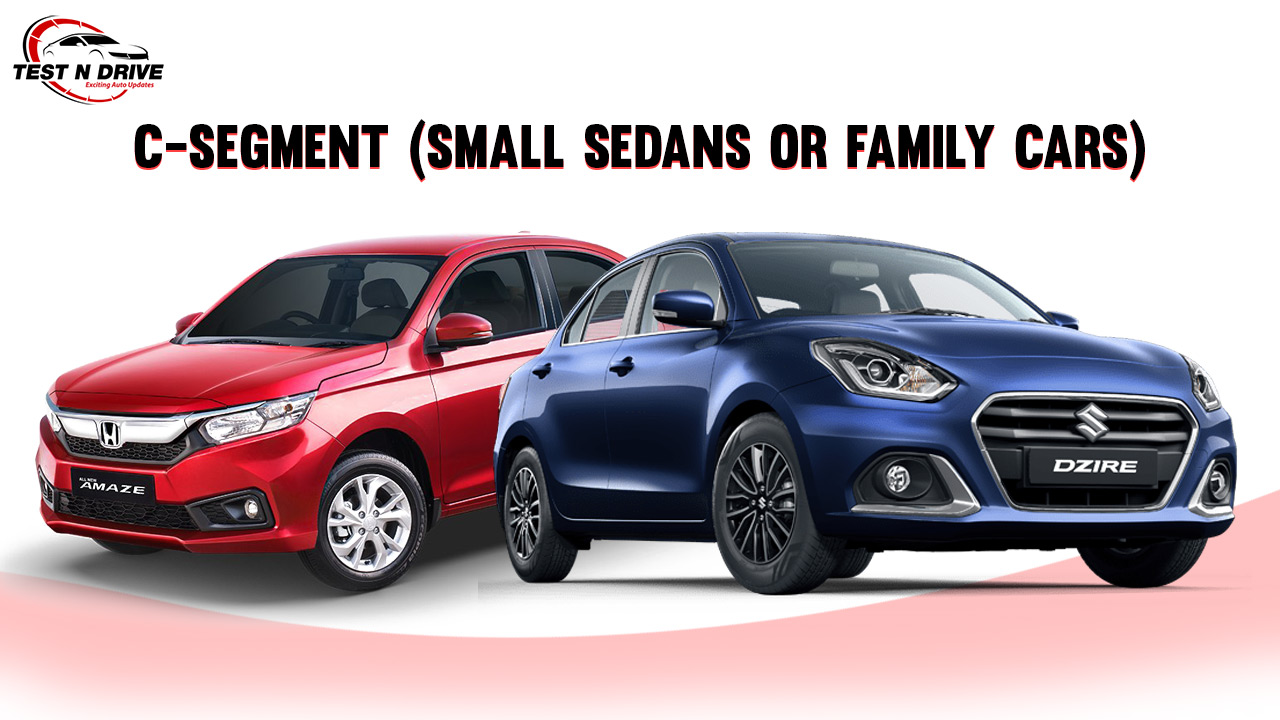
The C-segment is a subcategory of the C-segment, which encompasses a wider range of automobiles. This is one of the most popular vehicle segments in the Indian market.
Sub-Compact Sedans
For example, subcompact cars priorities cargo capacity and more pleasant transit inside or between cities. They are often built on sub-4-meter platforms that are shared with the B-segment and have greater safety and passenger comfort. The powertrain is frequently carried over from its B-segment hatchback relatives. Sub-compact sedans can be a better ride and a beautiful purchase to display if they have superior proportions.
Example: Honda Amaze, Maruti Suzuki Dzire
If you are looking for a powerful sub-compact sedan under budget, Maruti Suzuki Dzire is the one to look out for.
Small Sedans
Participants in the car segment used to be modest, with manageable in-city commutes and maneuverability, but this is no longer the case. Small sedans have greater headroom and legroom than subcompact sedans, and they don’t share platforms with other segments (remember how subcompact sedans shared platforms with tiny hatchbacks?). Instead, they have created their platforms from the ground up. They are roomy due to their length and size, but it may be troublesome to drive in the city and find a parking spot.
Example: Tata Tigor
4. D-Segment (Midsize Family cars or sedans) Cars In India
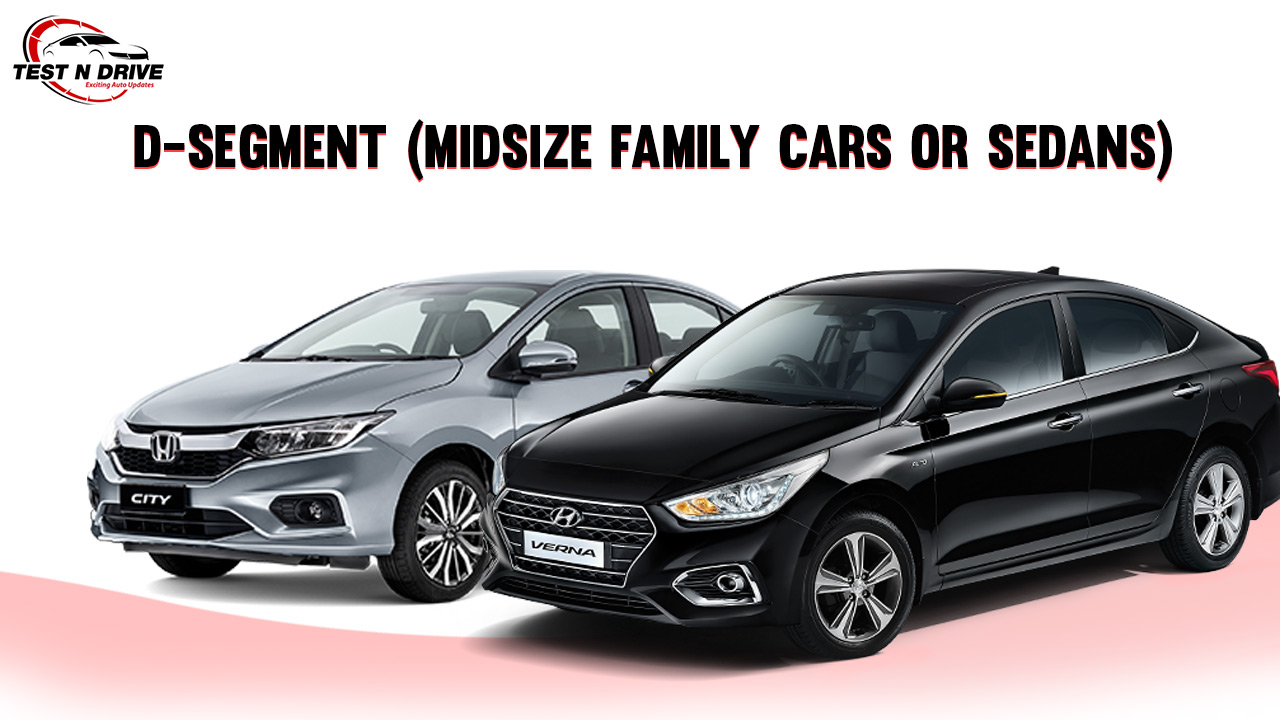
- The Mid-Sized family cars or sedans are a step up in terms of luxury.
- This is when the interior and plethora of luxury items take precedence over the powertrain and drivetrain, making them more difficult to maneuver.
When commuting in the city, the owners of these sedans spend most of their time resting in the back seat.
Example: Hyundai Verna
5. E-Executive Segment (Executive luxury cars)
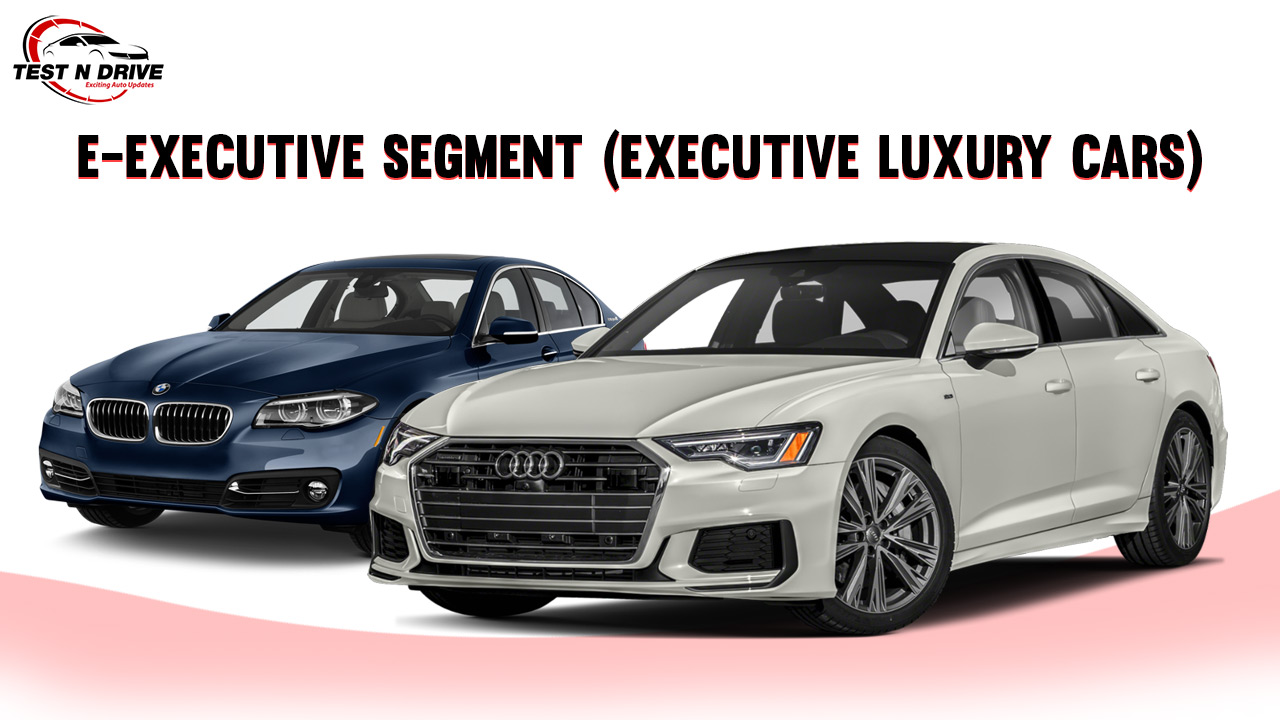
A subset of the E-segment is the E-Executive segment. The term “luxury on wheels” or “5-star hotels on wheels” is widely used to describe executive automobiles. We’re terrible at naming things, yet we’ve had some of the most memorable experiences money can buy. With a glass of champagne in your hands, fold your legs and walk down from your CEO’s office to your big-lawn residence. E-segments cars in India include some massive and large vehicles and some opulent rides with a long wheelbase. These are known among the business class since they start with the letter E and exude excellence and luxury.
Example: Audi A6, BMW 5-Series
6. M-Multipurpose Cars (MPVs)
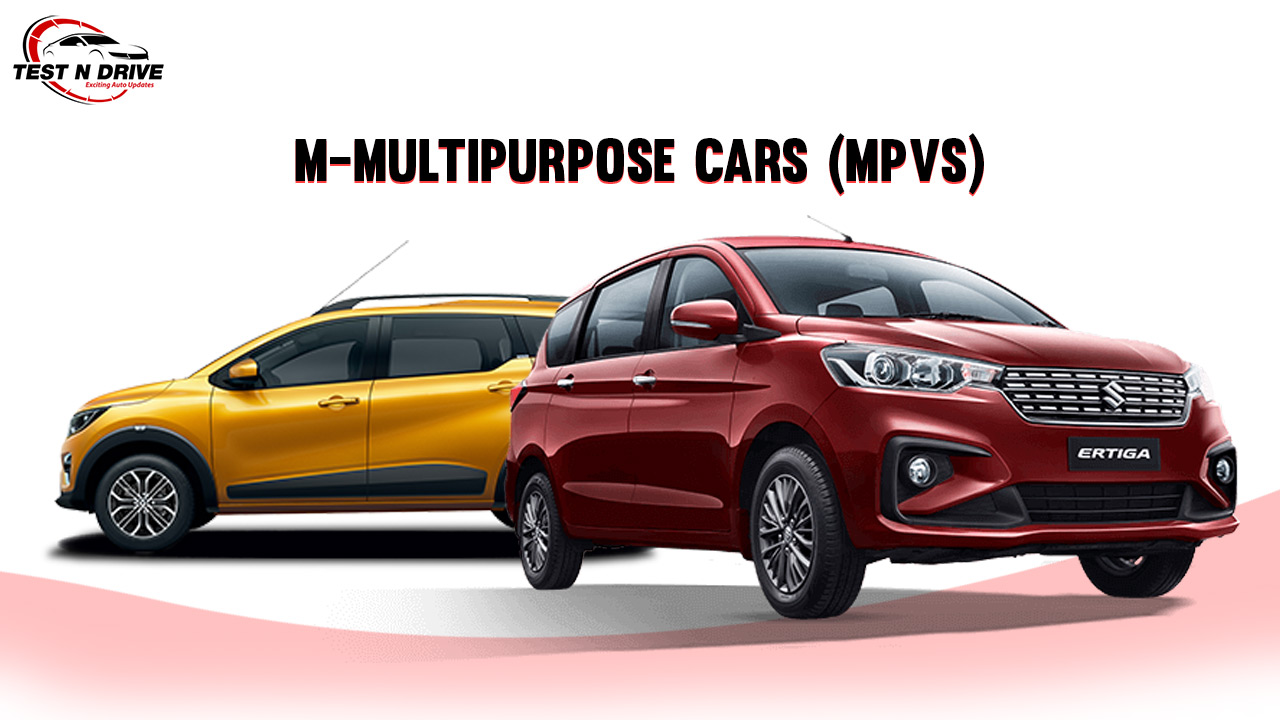
Every vehicle has a purpose for an individual or a group of people. The multi-purpose vehicle is a huge vehicle that can transport both people and freight. The MPVs are quite economical in car segments in India.
Small MPVs
Small MPVs, the smallest in the next automobile segment, are at the bottom of the size table yet benefit large families. In regular traffic, these 4-meter-long small MPVs are effective crowd-haulers. Smaller MPVs and SUVs are less expensive to operate since compact, fuel-efficient engines power them.
Depending on how the interiors are built, seating capacity varies from 6-7. Small motors can tow a boat for a limited distance, but only for a short time. Longer routes are more likely to result in premature wear and tear.
Example: Renault Triber and Maruti Suzuki Ertiga
Medium MPVs
These are a step up from compact MPVs, but they’re bigger and more difficult to maneuver. Improved and more spacious interior amenities and more powerful engine options come standard with greater size. This car segment features higher headroom and legroom than compact MPVs despite having a similar seating capacity. The effective size is followed by a larger selection of amenities and safety aids, making them more practical in the small MPV market.
Example: Mahindra Marazzo and Toyota Innova
Large MPVs
Minivans & Large MPVs share the same body design and can seat up to eight people. Large MPVs, which are at the top of the MPV car segment, offer luxurious interiors, plenty of space, and flexible fold-down seats to accommodate luggage. They have the largest footprints and are the most difficult to maneuver in small spaces or find a parking spot.
Example: Kia Carnival
7. J-Sports Utility Vehicles (SUVs)
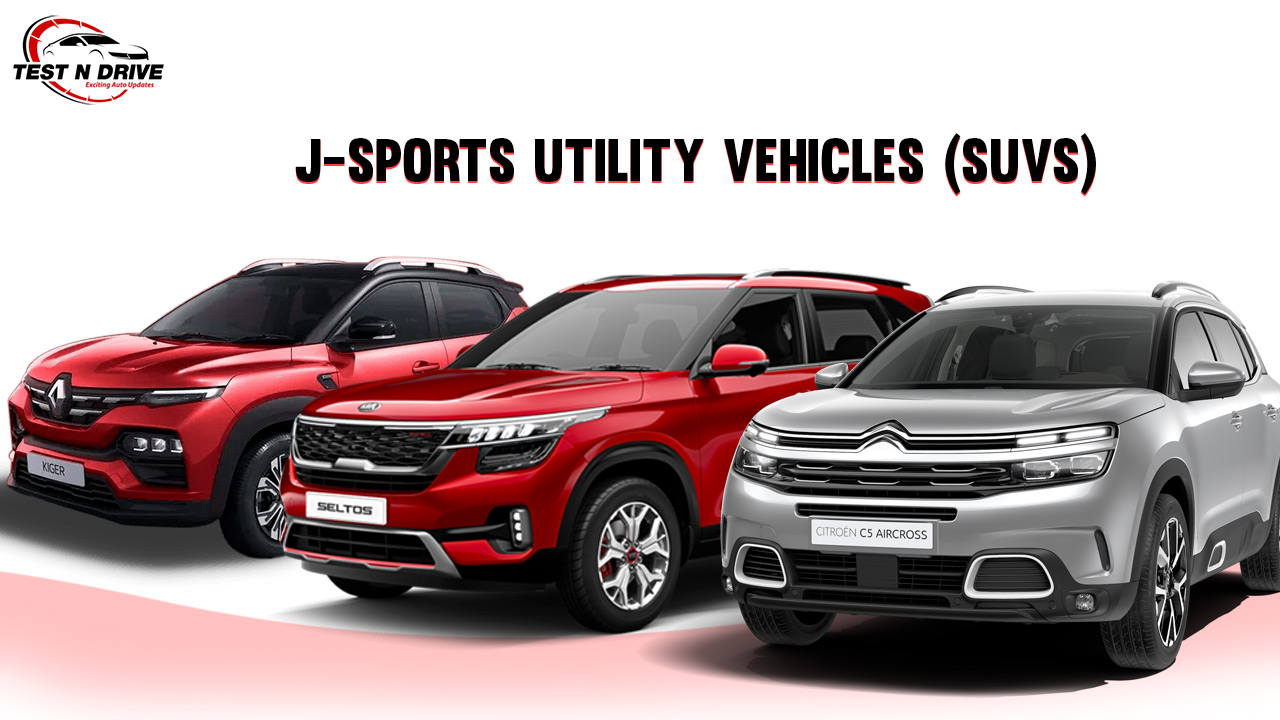
The Indian automobile market has always been intensely competitive and crowded with the most advanced vehicles. Most Likable by youngsters are now SUVs. These are roomy, comfortable, and technologically advanced.
Example: Toyota Fortuner, Ford Endeavour.
SUVs are also divided into subcategories.
Sub-Compact SUVs
Sub-compact SUVs, which are at the bottom of the SUV market, are an excellent alternative for anyone looking for SUV driving characteristics, a low price tag, and easy mobility. Simple cars with little frills are available in this automotive category. For city travel, subcompact SUVs have suitable engines connected to automatic transmissions, and petrol and diesel engines are available.
Example: Hyundai Venue, Mahindra TUV 300, Tata Nexon
Compact SUVs
The tiny SUV market is one of the most crowded in India and other countries. These SUVs are more stylish than the subcompact SUVs, which are crowded. Compact SUVs are equipped with powerful engines that give smooth acceleration and easy maneuverability in congested areas.
Example: Hyundai Creta, Renault Duster, Kia Seltos
Midsize SUVs
If tiny SUVs are too awkward and cramped for your family, the midsize SUV sector is the way to go. This segment stands between compact and full-size SUVs, and this intermediate SUV can carry more people and is easier to navigate in traffic than compact SUVs.
Midsize SUVs have a lot of space and are great for long trips or weekend getaways. Furthermore, depending on the layout, these can accommodate 5-8 people. This vehicle industry offers a wide range of characteristics as well as high interior amenities. For off-roading or traversing unpaved pathways into the heart of the forests, people prefer Midsize SUVs with 4×4 capability.
Example: Tata Harrier, Mahindra XUV500, MG Hector Plus
8. Crossovers
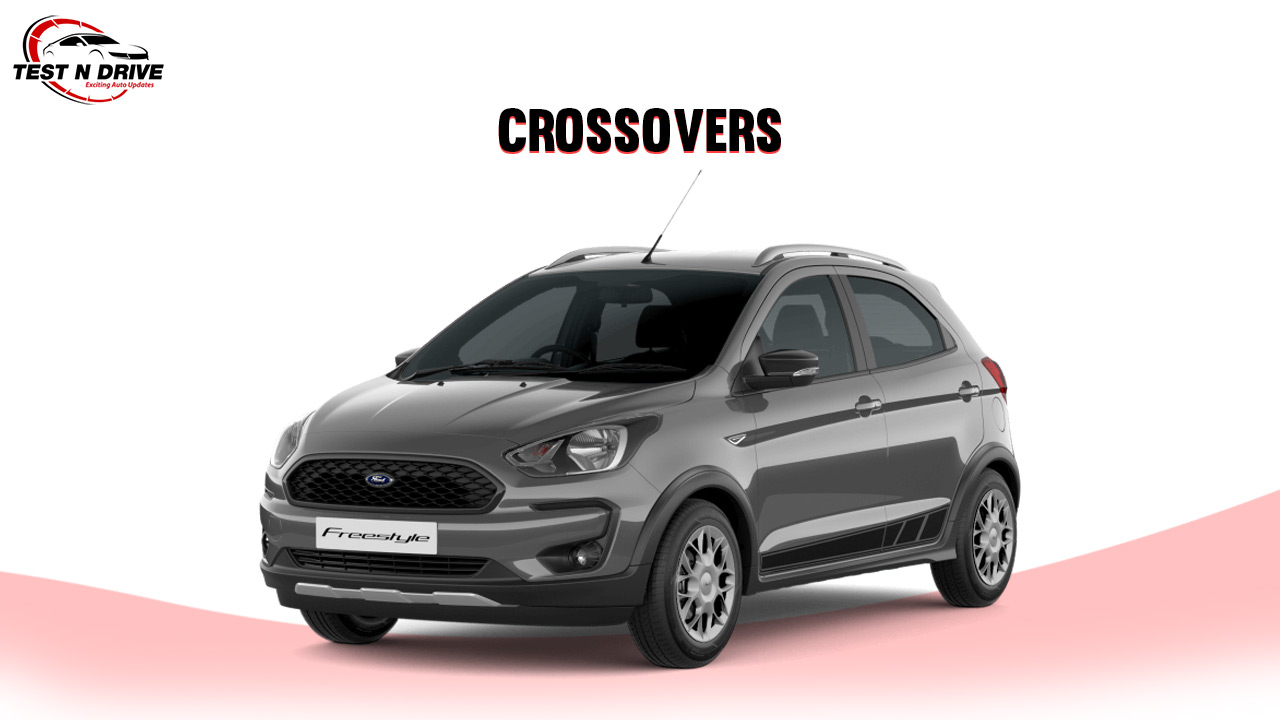
To round out the list of various car sectors, let us discuss the globally hot segment of cars. These jacked-up hatchbacks are easier to maneuver than large or midsize SUVs, and they come with elevated driving positions that today’s purchasers adore. Crossovers, unlike large SUVs, feature smaller engines, akin to compact SUVs, and are more efficient for daily driving.
Example: Ford Freestyle
Hope our list of different Car Segments in India helped you advance in your car buying journey.
SIAM (Society of Indian Automobile Manufacturers) has classified various car segments in India in automotive categories, as shown above. According to SIAM, all cars fall under different segments due to the classifications based on length rather than price. (C segment cars in India, b segments cars in India, d segments cars in India, mid-segment cars) yet this creates a difficulty because pricing is based on specs and features rather than the car’s size. To make things easier, we’ve divided the cars into pricing categories.

